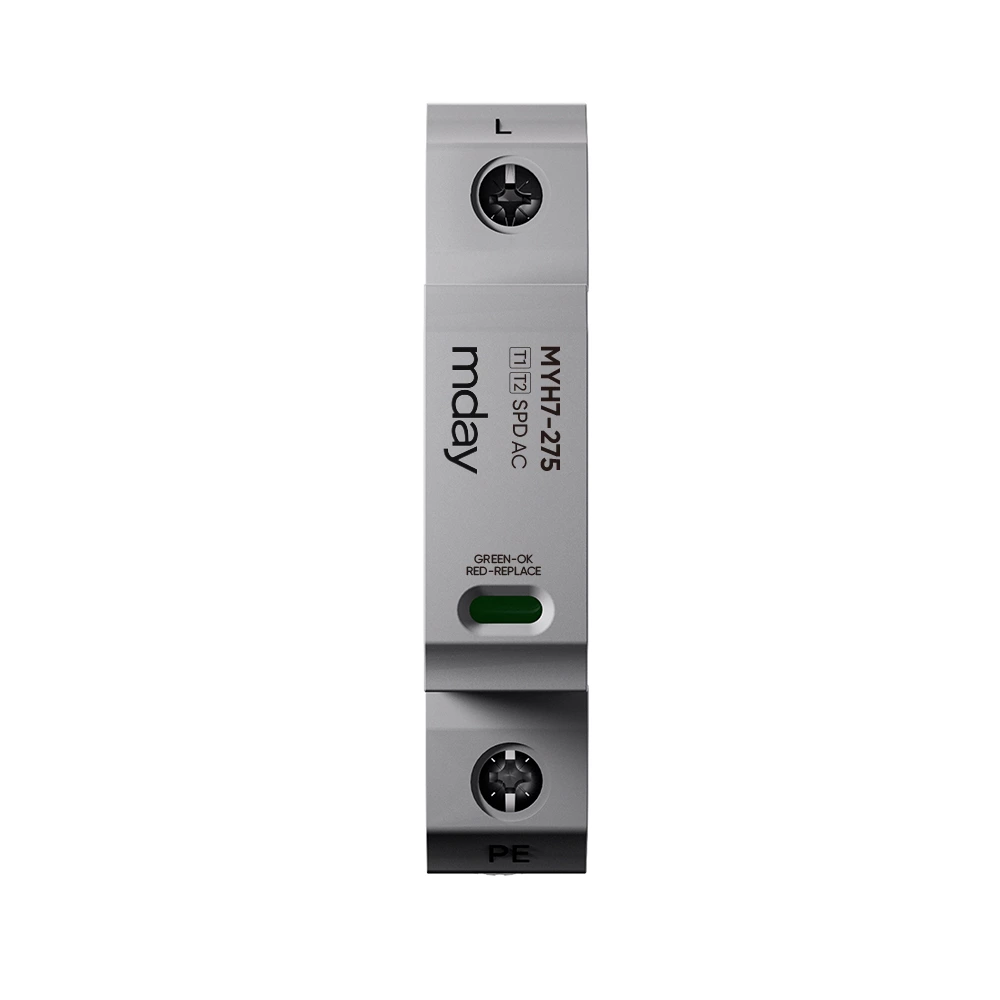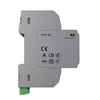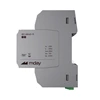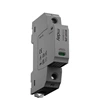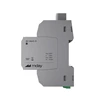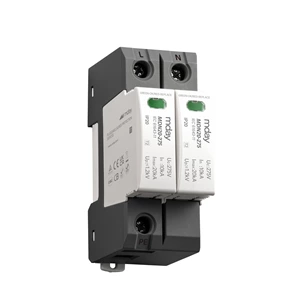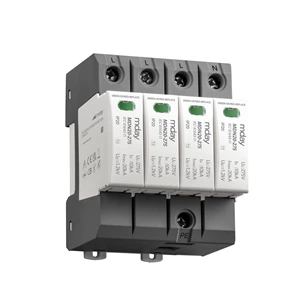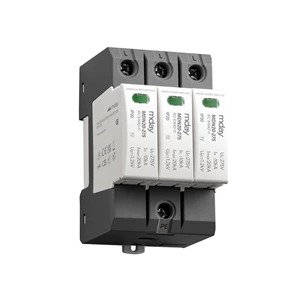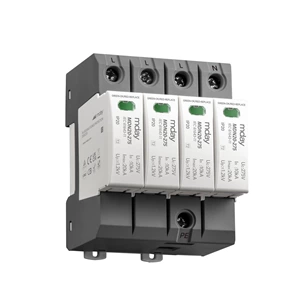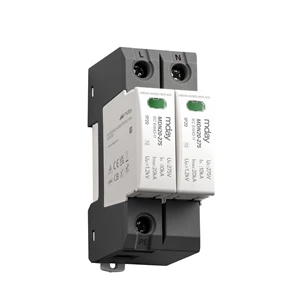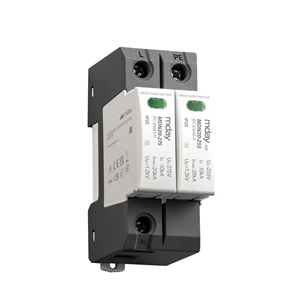Different Surge Protectors Have Such Big Differences!
When we select a surge protector, we often only select the parameters and often do not care about the product type of the surge protector itself; in fact, it is very important to choose a surge protector with excellent internal structure and superior working performance, which can effectively prevent fire accidents caused by lightning strikes.
Since the T1-level surge protector requires strong tolerance, can withstand (10/350μs) waveform impact test, and has a large discharge capacity, there are generally two types: composite and switch type surge protectors. So what is the difference between these two types of surge protectors? Which one is more suitable for protecting our equipment?
Below, we will compare and explain from the following two points:
1. The difference in components used
The composite surge protector is composed of a discharge gap and a voltage limiting element (MOV) in series, and its characteristic is no follow-up current.
The commonly used components of the voltage switch type surge protector are discharge gaps, gas discharge tubes (GDT), etc., and its characteristic is follow-up current.
2. Difference in working status
① Working status of switch-type surge protector:
After being struck by lightning or surge, the switch-type component GDT generates power frequency continuous current but does not have the ability to cut off the power frequency continuous current. The continuous current will cause the fuse of the main circuit to trip, resulting in power failure of the entire system. If the switch-type SPD claims that the continuous current interruption capacity is 50kA, this value must be under ideal conditions.
In actual applications, the power frequency current of many systems will be greater than 50kA; in addition, due to the instability of the power grid, its actual voltage will exceed the Uc value of the SPD. At this time, the continuous current interruption capacity of the SPD will be greatly weakened, which will cause power failure of the power grid or fire of the equipment.
② Working status of composite surge protector:
Since the composite surge protector uses a voltage-limiting component and has no continuous current, it will not cause power failure of the power supply system in any case.
According to the requirements of UL1449, SPD must meet:
No continuous current
The first-level SPD itself must be able to withstand the short-circuit tolerance test, rather than relying on other overcurrent protectors (such as fuses, circuit breakers, backup protectors, etc.).
According to the requirements of UL1449, SPD must meet
The above two UL standard requirements can only be met by composite surge protectors. Although our domestic standards do not stipulate this, we already have such products. T1-level surge protectors are composite surge protectors. They use main circuit tripping technology. The flow rate can reach 100KA (10/350us) and the UP is as low as 1.5KV. If the SPD fails due to overvoltage, even if the current is very small, the SPD can trip and there is no continuous current, which can effectively prevent fires!
